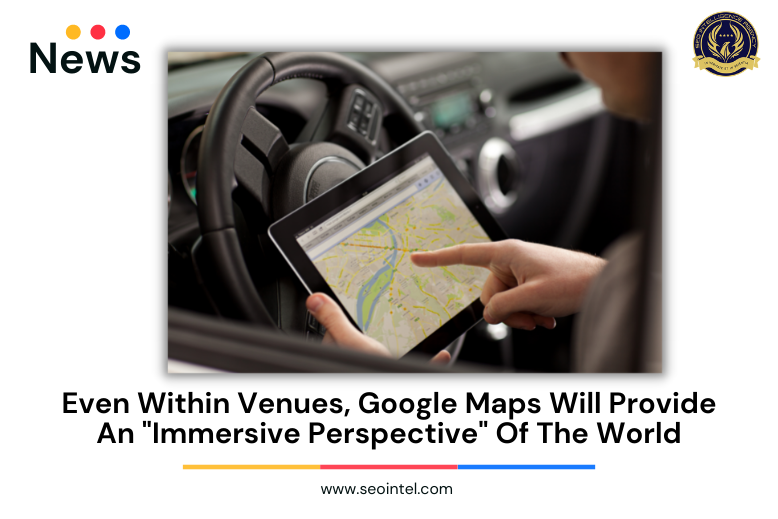
On Wednesday, Google revealed a number of ways it is utilizing AI to improve Maps. It’s merging billions of Street Perspective and aerial images with computer vision and other forms of AI to produce a rich, “immersive perspective” of the world, for example.
The new immersive view feature, which includes indoor destinations like restaurants and event venues, allows users to get a detailed, up-close look at locations. With Google Maps information on top, a user can utilize the time slider to see what a location looks like at different times of day and in different weather conditions. It can give you a sense of how crowded or congested a location is at different times of the day.
The immersive view, according to Google, will operate on most phones and devices. It will be accessible later this year in Los Angeles, London, New York, San Francisco, and Tokyo, with additional locations to come.
On the other hand, Google Maps users may already choose ecologically friendly driving routes that may not be the shortest path from point A to point B, but should emit the least amount of carbon. People browsing for flights will now be able to see carbon estimates alongside other information like price and route.
During the Google I/O Keynote, Google CEO Sundar Pichai said, “These little decisions have a large influence at scale.”
Finally, Google stated that a new ARCore Geospatial API will make Google’s Live View feature free to third-party app developers.
Live View uses augmented reality to provide arrows and directions to help Maps users navigate around locations. Lime, a shared electric vehicle firm, is one of the first to use the new API. It’s testing the API in London, Paris, Tel Aviv, Madrid, San Diego, and Bordeaux to make it easier for riders to park their e-bikes and e-scooters properly and out of the path of pedestrians.